![What are 3D digital billboards for advertising? [5 Examples]](/blog/images/3d-advertising-billboard/banner_hu3a52995533a2f5f6af3321531a883f0d_86539_700x0_resize_q75_box.jpg)
Sep 8 2022
6 min read
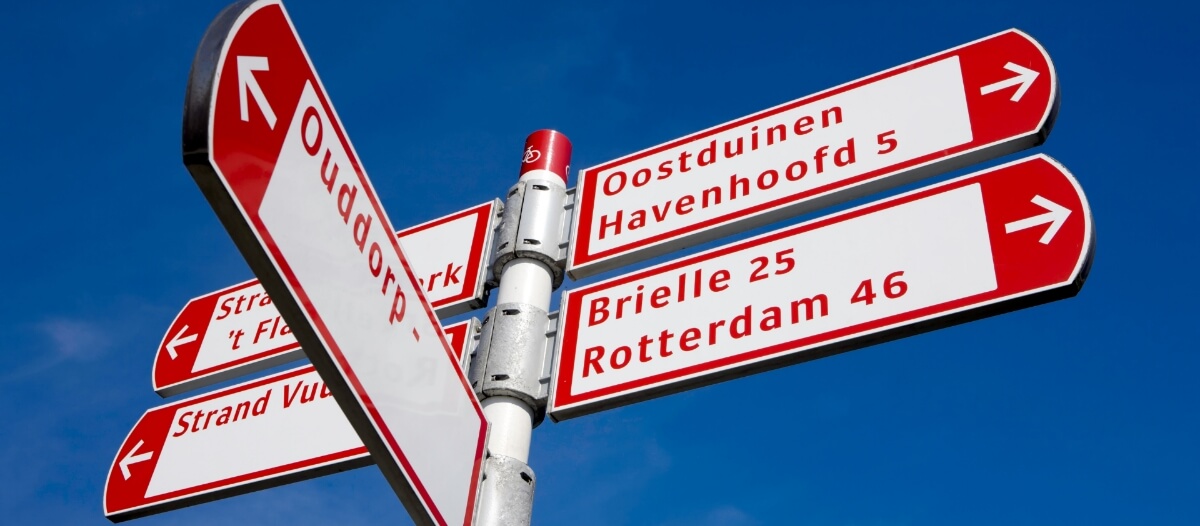
The purpose of business signs is wide-ranging, and so are their types. From increasing brand awareness to providing customers with subtle information to sales conversions: all are achieved with business signage.
But which type of signs should you be implementing for your business? Now taking that decision is like choosing the best birthday cake for your fiancé. A lot of thinking goes into it!
Which material will be more durable? Should I go for traditional-style signs or digital ones? Does my retail business require outdoor signs too? What’s best for an outdoor sign?
To help you make a quick and wise decision, we are presenting quite a long list of different types of signage. This is not a complete list as that would take forever to end. But we have listed down the most popular and useful ones for your convenience. Let’s dive in and see the different types of signage.
This blog will discuss the selections of both digital signs and conventional physical signs.
The evolution of signage has been fundamentally based on the material it is built with. From paper and cardboard signs to digital screens, the progress has seen a great variety of materials for making business signs for retail and other industries.
Have a look at the example of these static signage made of different materials:

Vinyl is versatile. You can attach vinyl-made business signs on glass windows, floors, wooden walls, metals, and most kinds of surfaces. You can use vinyl signage for large surface areas like walls or a full store window display.
It is a transparent yet rigid material that has versatile applications. It’s weather-resistant and flexible. These are commonly used in offices, hotels, and retail stores for branding.

These are vertical walls covered with greenery. You must have come across one at malls, hotels, or event spaces. The walls maintain their vibrant green look with the help of integrated watering and an advanced growing system. Living wall signs are trending these days, and they serve as a unique visual merchandising tool.
Lightweight but sturdy, aluminium is a cost-effective material for all types of shop signage. It is mainly used for outdoor signage as architectural features and banners for durability.
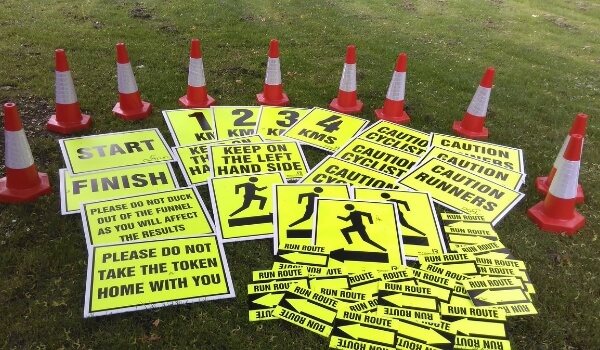
This material is one of the most inexpensive materials used for building business signs. Correx is also great as it is lightweight and can be used as a portable sign. For example, you can easily carry and place a correx-based ‘Sold Out’ sign on a product shelf whenever an item goes out of stock. It is also easily recyclable, making it environment-friendly.
For large banners or hoardings, PVC is used by many brands and it is a convenient choice for them for its resistance to weather and rain.
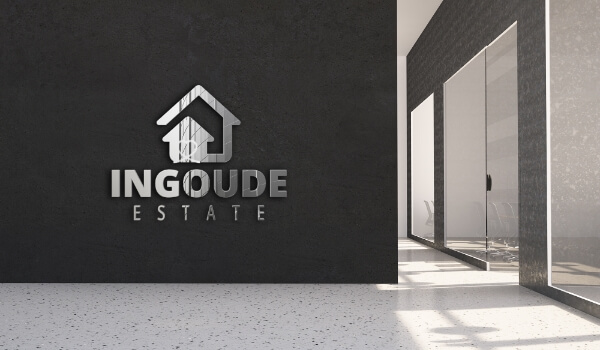
Steel is often a choice for architectural, decorative, and industrial signage. It imparts a regal beauty to the premise. Also, it stays far more durable and damage-proof to weather and vandalism.
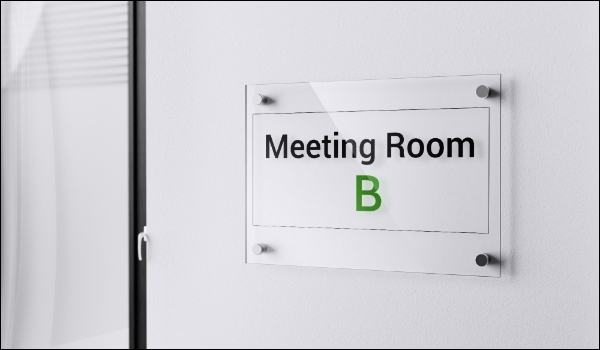
A wide variety of interior signage uses glass for its attractive and sophisticated appearance. Glass signs have been historically used for displaying brand names & logos.
There are broadly two types of digital signage based on the screen material:
This type of digital signage display is made of ‘pixels’ that are essentially a series of connected LED lights. The content displayed on these screens looks dazzling as LED monitors offer higher contrast than LCDs. Outdoor signs generally use LED screens.
Though not as flexible and powerful as LED, LCD screens are cost-efficient and are suitable for indoor signage applications like in-store entertainment, internal office communications, and so on.
Try For FreeDifferent types of indoor signage are used in retail stores, corporate offices, hotels, and educational institutes, and each type of sign performs an uncountable number of functions. We have categorized the most commonly seen indoor business signs based on the purposes they solve. Check them out.
Wayfinding signage is essential for all types of retail stores and corporate premises as well as for hospitals. Here are the most-used types of wayfinding signage.
Simple printed copies of the building directory framed on a wall can serve the purpose of traditional wayfinding signage. It can look appealing with the right choice of font designs, colors, and symbols.
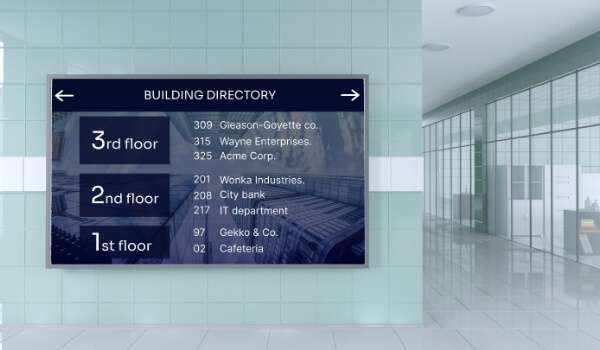
When a building directory is shown on an LCD or LED monitor, it is called a digital building directory. These are way more dynamic than their printed counterparts. They can simultaneously show multimedia content like building notices, live weather updates, news, and stock market updates with directory information.
Such screens function with the help of digital display software. So, it is always easier to tweak or update any wayfinding information with digital building directory.
Related Article: How are digital building directories modernizing office lobbies, malls & real estate premises?
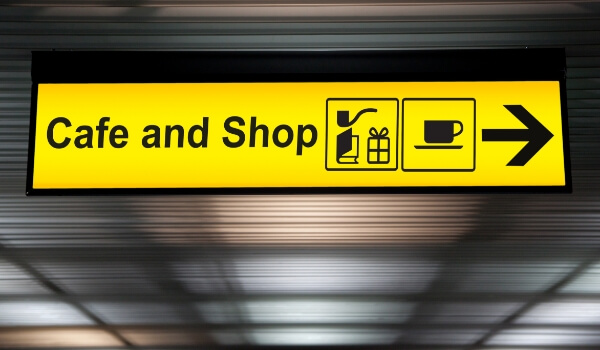
Directional signs are commonly found in retail stores, shopping malls, airports, and car parking lots. They are easy to create and easy to follow.
Directional signs can be designed on walls, floors, or made ceiling-mounted, wall-mounted, or embossed on wood or glass. You can also opt for digital directional signs using small displays at various turning points of a building.
Using touch technology, wayfinding can be taken to another level. Visitors can interact with wayfinding maps through a screen interface, zoom in or zoom out the maps, click on the specific points to identify a location, and find out the correct route to their destination.
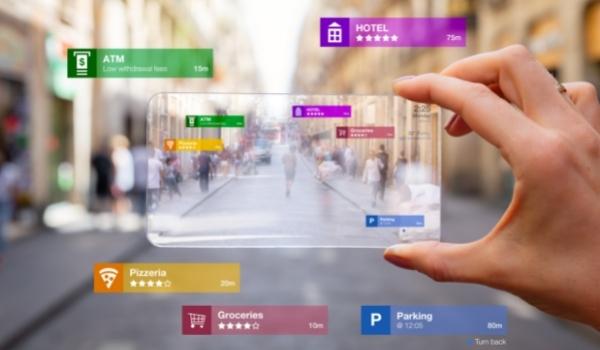
With 3D technology, interactive wayfinding reaches a greater height in terms of utility and customer engagement. 3D floor plan on a touch screen display allows customers to rotate and view the map from different angles. It makes wayfinding even more convenient and time-saving.
Revolutionary technologies like Augmented Reality and advanced 3D mapping provide users with a simulated experience of following virtual direction signs through a premise and reaching the destination without any human guidance.
Ensuring indoor signage is accessible and compliant with regulations is essential for creating an inclusive environment. In office buildings, conference room signs should be placed at a height accessible to wheelchair users and include both braille and raised text. These signs could have high contrast and be made from glare-free materials to aid visibility for individuals with visual impairments.
An example of effective implementation is a corporate headquarters that updated its indoor signage to meet ADA standards, incorporating braille and tactile features along with high-contrast color schemes. This not only improves navigation for all employees and visitors but also demonstrates the company’s commitment to accessibility and inclusivity.
Book My personalized demoThese types of signs are used to keep your audience informed about specific things. If you are a restaurant, your primary goal would be to inform your customers about your food and beverage items.
At airports, the foremost information one may look for is flight schedules. Here are a few examples of informational digital signage platforms:
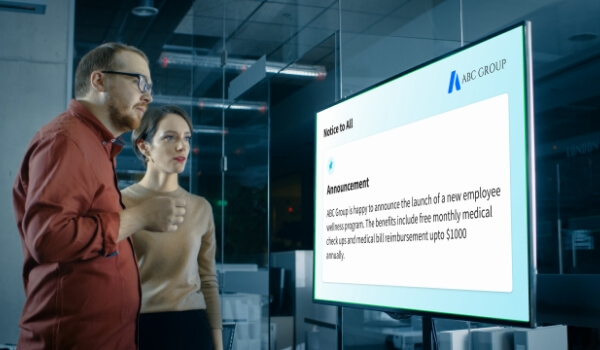
Digital bulletin boards are super cool and super convenient. A digital notice board app will allow users to put up urgent notices in less than a minute’s time.
Users can add simple texts, well-structured PDFs or images, videos, and even Google Slides.
This type of sign is required mainly in waiting areas or lounges where people quickly get bored due to prolonged waiting. These are digital signs that can be used to play games (on touch screen displays with headphones). These can also serve as public information kiosks for self-discovery of relevant information.
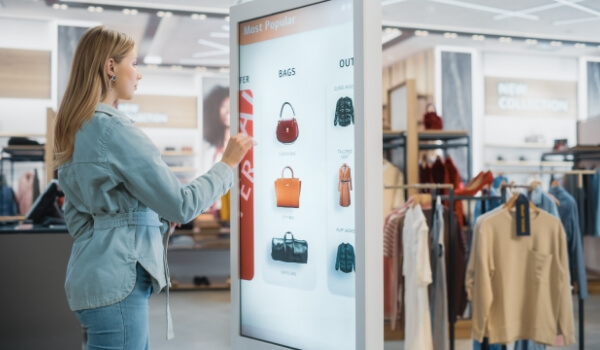
On digital screens, retailers can showcase their product images, specifications, prices, models, product demos & whatnot. These product catalogs can appear as slideshows on a screen or as list items that customers can interact with.
Also read: Benefits of Using Digital Product Catalogs
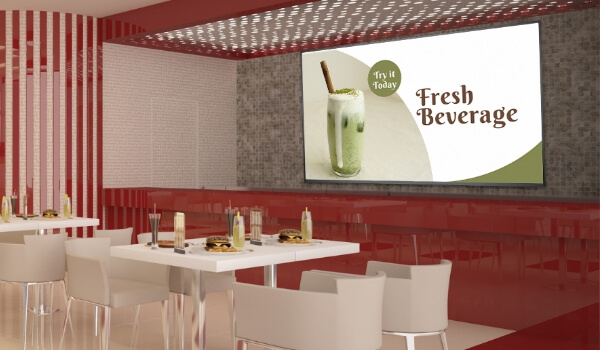
Digital menu boards are just traditional menus on digital screens. But these menus are more visually attractive and are easy to update as they run on a software. Using a digital menu application, the restaurant staff can dynamically change item prices & schedule different menus for different hours of the day.
Almost all corporate buildings, hospitals, and industrial areas need to inform the visitors about likely hazards and precautionary guidelines.
From general danger signs to more complicated hazard signs like chemical exposure or high voltage, warnings are displayed using static or digital signage.
Related Article: How to create emergency alerts on digital signage?
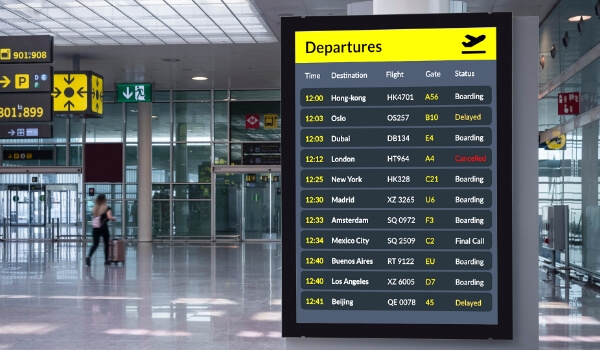
Passenger Information Displays are used in transportation hubs like airports, railway stations, subways, and bus & taxi terminus. These displays are used to show live vehicle ETAs, vehicle numbers, gate numbers, cancellation status, live traffic maps, and similar information.
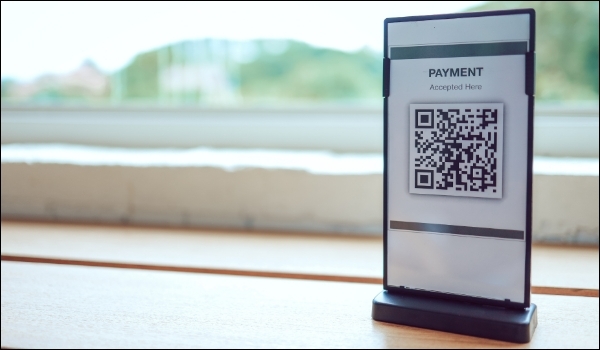
The table tents you used to find at restaurants still exist. But many places have shifted from the traditional use to digital displays. Small digital screens are kept on each table presenting information like today’s special menu, ongoing offers and discounts, QR code menus, and whatnot.
Both-sided printed table tents are also used to help people sitting on both sides of the table get access to the information. There are also new variants of digital table tents with three surfaces displaying three kinds of content. The same can be designed with printed table tents.
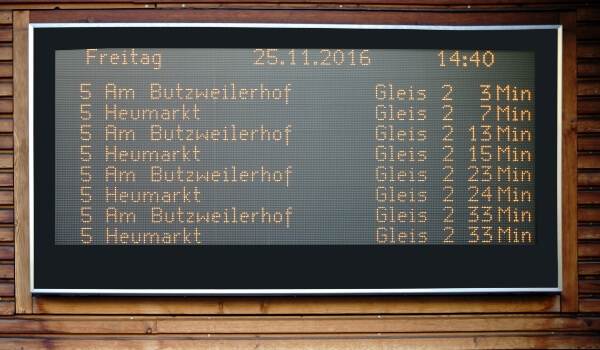
This type of signage is low-cost and sustainable. Electronic message boards have a very distinct look and you can easily identify them from a distance. Some two decades ago, the application of these sign boards exploded; one would find them in railways, stock markets, schools and churches. Nowadays, the use has been reduced due to more high-definition screens.
We have categorized these types of signs, especially for retail owners. But, the following can be of great use in many other industries like corporate sectors or the healthcare sector to accomplish the same objectives.

These banners are sleek and often more interesting-looking than ordinary TV-type horizontal displays. These signs can be angularly placed if there is a lack of space. They are also portable. You will find these at various strategic locations showing ads, welcoming guests or showing event information.
These days, self-service kiosks are in every sector, from retail to hospitality. It is simply a combination of smart technologies like QR code scan, biometrics, digital payments, and bar code scan with interactive digital signage solutions.
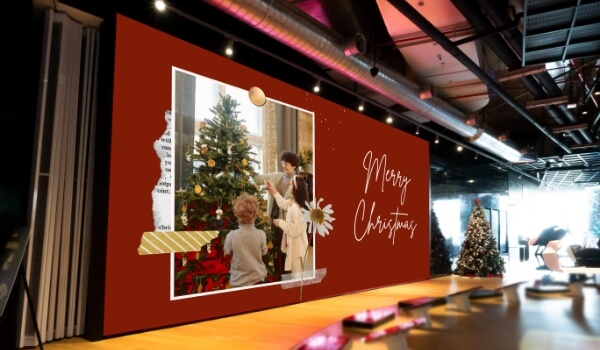
Combine multiple screens, and you get a digital video wall. As the name suggests, this type of sign is generally used to show videos or animated content. Often the enormity of digital walls helps create an immersive viewing experience.
Also read: Creative Video Wall Display Ideas
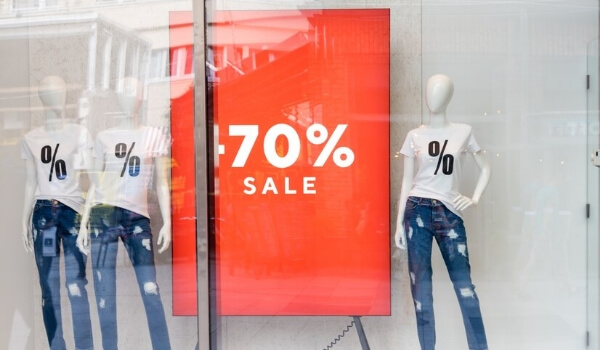
Store window displays play a major role in bringing business to a brand. Vinyl posters or acrylic banners can surely help here. But when you can also find digital screens installed in retail store windows.
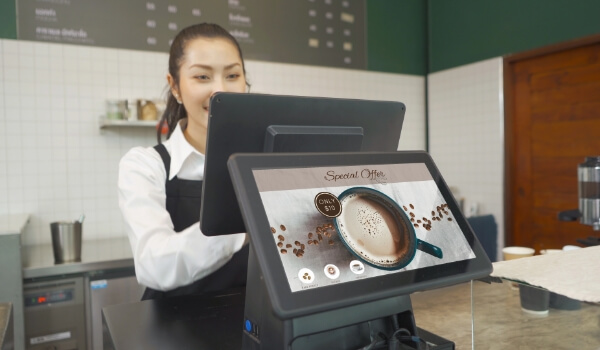
Retail store owners surely know the significance of retail POS (point-of-sales). At the POS, small, handy sets of digital screens can be placed to display add-on items, and combo offers to tempt customers to buy those intuitively. This way, retail digital signage at POS can help to increase business revenue.

Call to Actions (CTAs) play a significant role in converting potential customers into shoppers. A unique type of signage is using QR codes on digital signage screens and prompting action.
QR codes can take a viewer to any destination URL, and that is one of the significant advantages of digital signage over traditional print signs: it blends the digital and physical forums for businesses.
Retail businesses can use this type of signage to share digital coupons, or contests.
Outdoor signage is sometimes more important than indoor ones. Why? Because outdoor advertisements, promotions, and information can extend your brand to a mass audience whom you can’t reach with the signs you have for interior space.
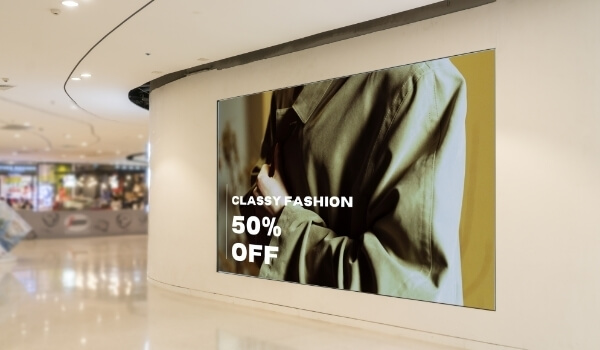
Storefront signs are not limited to window displays. Businesses can keep an attractive storefront sign at the entry gates or even a little farther from the store. These signs can show the latest product collections, offers & discounts. It helps businesses catch the attention of the passers-by before they turn their way to other stores.
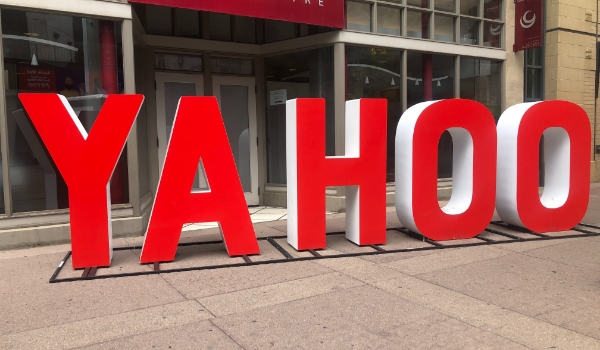
You can totally customize channel letters and use them as exterior signage (sometimes for the interior, too) for better communication. Commercial buildings use concrete channel letters, sometimes with electronic illumination, 3D paneling, and neon or LED lighting. Channel letters can give a cool vibe to any space.
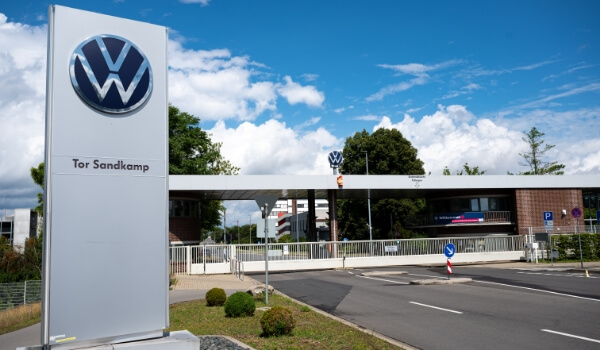
Pylons are bright freestanding signage kept at 12ft or more from the ground. This can be a traditional sign (made of acrylic, metal, stone, or other concrete material) or a digital display.
Roadside billboards, both traditional and digital, are still imperative marketing tools. They are eye-catching and persuasive. Like vehicle displays, these Out of Home (OOH) signs serve one true purpose: broadscale advertisement.
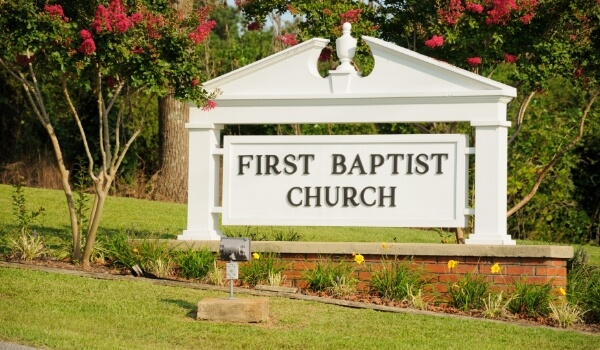
These are exterior signage mounted on a concrete wall or mound. These are huge outdoor signs and are often used to help locate visitors to a building from afar. Monument signs are widespread entryway signs in schools and churches. Digital monuments are trending these days.
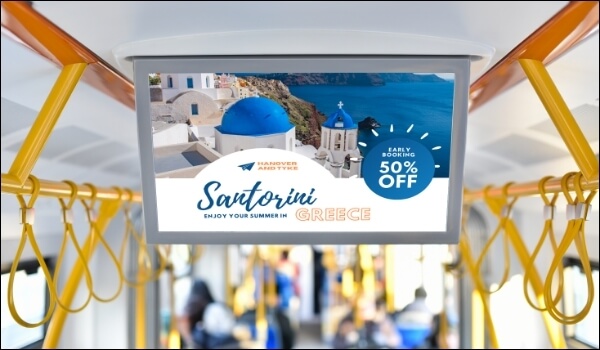
Stickers, door signs, window frosting, vehicle magnets, signs on the vehicle roof, posters, and labels can be used as vehicle signage. These signs are generally used for advertisements. The vehicle signs move from place to place, carrying your ads on the wheels.
On-board vehicle signage serves a somewhat different purpose. While these can also show ads, their primary objective is infotainment (display bus stops, live location, videos, live weather feeds, etc.)
The key to success with any type of business sign is keeping it simple and innovative. No matter which type of signage (traditional or digital) you decide on implementing for your brand, always remember: less is more.
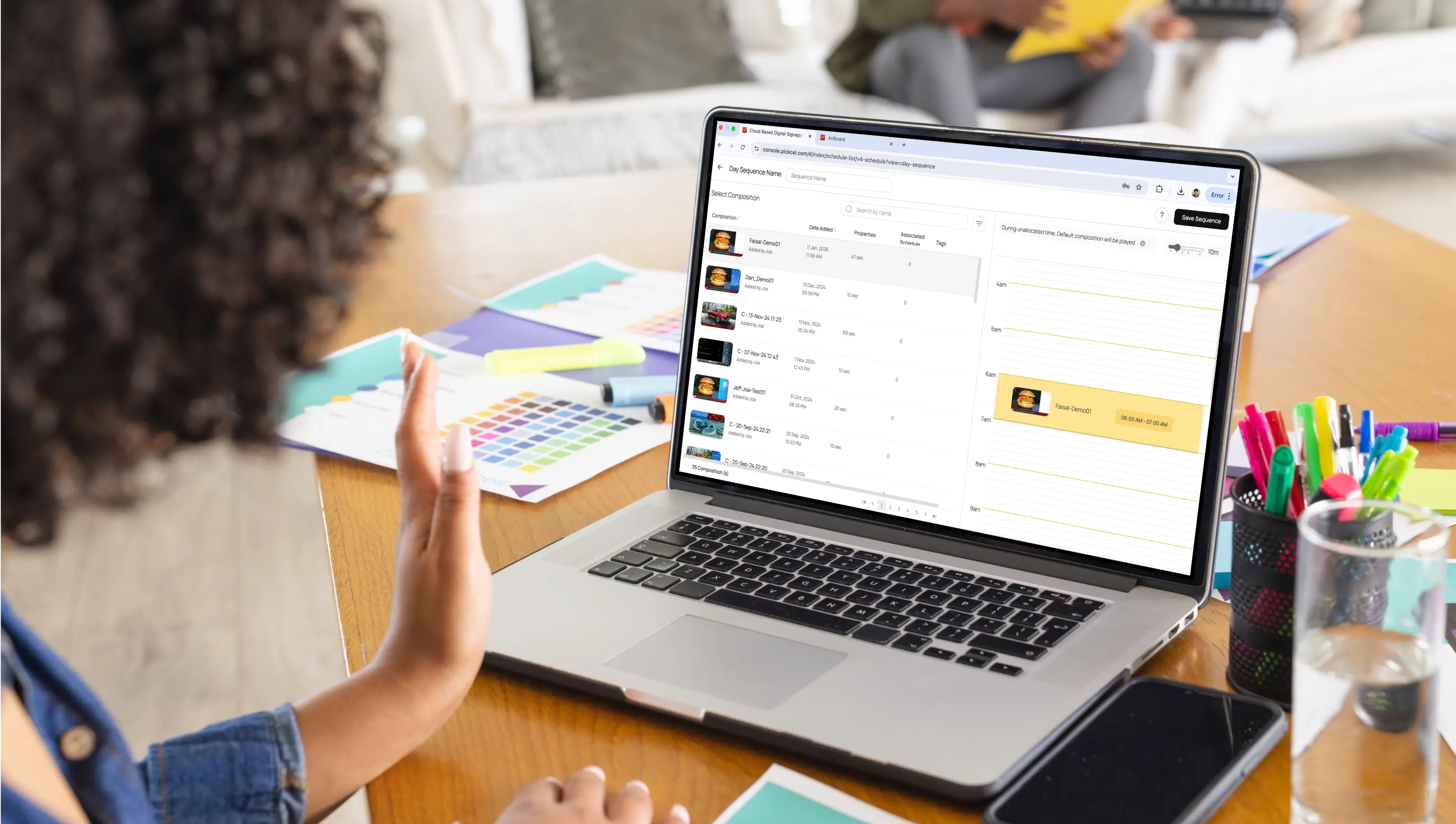



![What are 3D digital billboards for advertising? [5 Examples]](/blog/images/3d-advertising-billboard/banner_hu3a52995533a2f5f6af3321531a883f0d_86539_700x0_resize_q75_box.jpg)
Sep 8 2022
6 min read

Apr 29 2021
7 min read

Nov 30 2022
9 min read

Nov 11 2022
8 min read
Take complete control of what you show on your digital signage & how you show it.
Start Free Trial Schedule My Demo